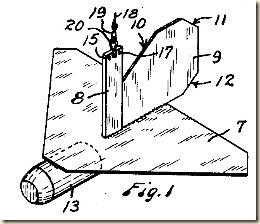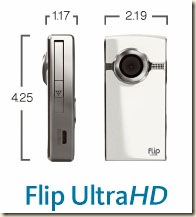An unavoidable consequence of a boat floating on a surface of water that has waves is the boat will roll (rotate right or left around the long axis of the boat). As the waves become bigger, the rolling is usually greater and faster.
Sail boats have an advantage over power boats in these conditions because the force of the wind on the sails usually dampens or stops the rolling motion of the boat. Power boats without sails have to use other means if they want to dampen rolling.
The stabilization methods are typically broken down into “active” and “passive”. Active means an active control unit sensing motion and dynamically controlling some mechanism. Passive is the absence of a control unit but relies on a feedback mechanism inherent to the stabilizing device.
The most common active stabilizing method is a fin stabilizer. In effect, a stubby wing sticks out from the side of the boat and pitches up or down to create compensating forces to the roll of the boat (Naiad Stabilizer). Most require a hydraulic pump on the main engine which goes to the fin actuators and a control unit to sense in real-time the boat’s motion and direct the actuators.
While we have saved space in the engine room for an active stabilizer installation, we are starting with a passive stabilizing method, paravanes.

The diagrams to the left and below are from a US patent for the “fish” hanging on chain at the end of the paravane poles. The short description is that “fish” on the downward rolling side plunges while the fish on the upward rolling side resists the motion. This action tends to dampen the rolling motion of the boat.

 Our friends Dorothy and Dave Nagle, owners of the Seahorse Marine Diesel Duck David Ellis (David Ellis blog), encountered a fisherman in Juneau who raved about some fish made by a marine supply store catering to fisherman in Astoria. Marcia called the store and found out that they are made by a 90+ year old gentleman in Westport. At that point, we decided now was the time to buy them. To the left is a photo of Marcia in Westport with her newly captured fish.
Our friends Dorothy and Dave Nagle, owners of the Seahorse Marine Diesel Duck David Ellis (David Ellis blog), encountered a fisherman in Juneau who raved about some fish made by a marine supply store catering to fisherman in Astoria. Marcia called the store and found out that they are made by a 90+ year old gentleman in Westport. At that point, we decided now was the time to buy them. To the left is a photo of Marcia in Westport with her newly captured fish.
The Westport fish are slightly different than Kohlstrand fish (the type shown in the patent drawings above). The wings are marine plywood and the lead nose is a hemisphere of lead bolted through the wing.




